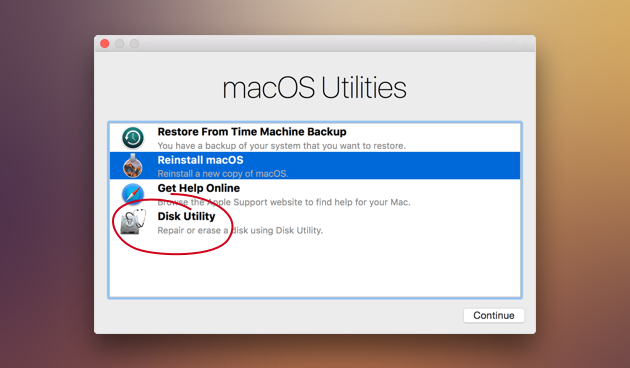Older MacBook Pro running High Sierra. A recent update has created a second boot disc. Neither the HD or the installer image is able to boot/complete.
According to About the screens your Mac displays as it starts up, '. Try using safe mode to identify the issue.' So try that first. I doubt it will help 'identify the issue' but if you can start your Mac at all in 'Safe Mode' at least you'll be getting somewhere, perhaps to the point of being able to proceed to the next steps in that document: reinstalling macOS or restoring your TM backup. Download the macOS Mojave installer from the App Store. In the install wizard, choose the new volume as the target for the installation. When your Mac reboots, hold down the OPTION key to select the new volume as the startup disk. Alternatively, you can change the startup disk in System Preferences Startup Disk. Disk Utility can find and repair errors related to the formatting and directory structure of a Mac disk. Errors can lead to unexpected behavior when using your Mac, and significant errors might even prevent your Mac from starting up completely. Select Disk Utility and click on the Continue button. When Disk Utility loads select the drive (usually, the out-dented entry) from the side list. Click on the Erase tab in Disk Utility's main window. A panel will drop down. Set the partition scheme to GUID. Set the Format type to APFS (SSDs only) or Mac OS Extended (Journaled.).
All recovery combos are unsuccessful in launching internet recovery, so I have no access to disk utility. I have a time machine back up of the OS prior to the update, but I have no idea how to access it without disc utility.
How To Install Disk Utility On Mac
Is there a way to remove the installer disc image, or wipe the HD, or use TM without disc utility/recovery?

Thanks in advance for any help!
MacBook Pro Retina
Posted on
Let macOS manage space between multiple volumes
With Apple File System (APFS), the file system introduced in macOS 10.13, you can easily add and delete volumes on your storage devices. APFS-formatted volumes automatically grow and shrink—you never have to repartition a storage device again.
Keep your external storage devices secure
When you get a new flash drive or other storage device, format it as APFS and encrypt it with a password to protect its contents.
Give your disk a checkup
How To Reinstall Mac Mail
If you’re having problems with a disk, Disk Utility can check the disk and repair problems it detects.
How To Reinstall Apps Windows
To explore the Disk Utility User Guide, click Table of Contents at the top of the page, or enter a word or phrase in the search field.